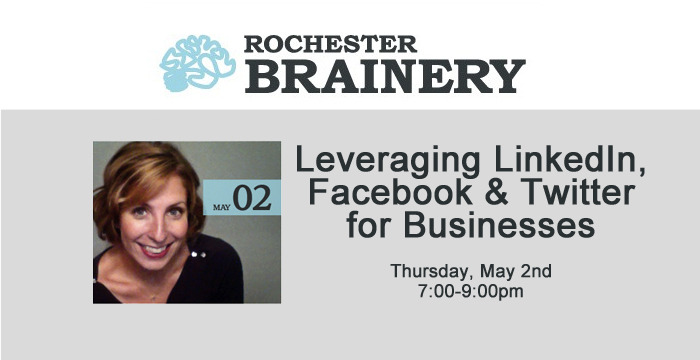Watch Your Tone
The Wall Street Journal recently published an article describing how the tone and sound of a person’s voice can affect peoples’ opinion of that person in a variety of different ways. The scary part of this pre-judgement is that speakers usually have no idea how others feel because it is so difficult to hear your own voice. It can take a great deal of training and attention to make sure you’re speaking in a tone that allows you to present yourself in the way you’d like.
Similar dynamics are at play when you’re representing your company/brand/self online. So often we simply say/type/post the first thing that comes to mind. The important thing is to get yourself out there, right? This is only partly true. In fact, if you’re engaging your audience with the wrong tone and presentation, you can do a lot to harm your online presence. Here are some quick tips to make sure you’re engaging with tone in mind.
[ordered_list style=”decimal”]
- Know your audience. Who is your primary customer? How do they talk, both in real life and online? Answering these questions will help you figure out if you need to be more casual or more formal with your audience. Is it ok to use slang or abbreviations? Do my customers prefer proper grammar over short statements?
- Give your brand personality. If my brand were a movie star, who would it be? If it were a car? A historical figure? These questions will give you some examples to follow when acting as your brand online. Define these personifications and keep them in mind whenever you’re engaging with your audience.
-
Be consistent. Once you have defined the elements above, do your best not to stray, or slip into your own personal style. Consistency is important when developing rapport with customers and will help you to engage in more lasting and meaningful conversations. Too much fluctuation in your tone may cause your audience to lose interest and look elsewhere.
[/ordered_list]





